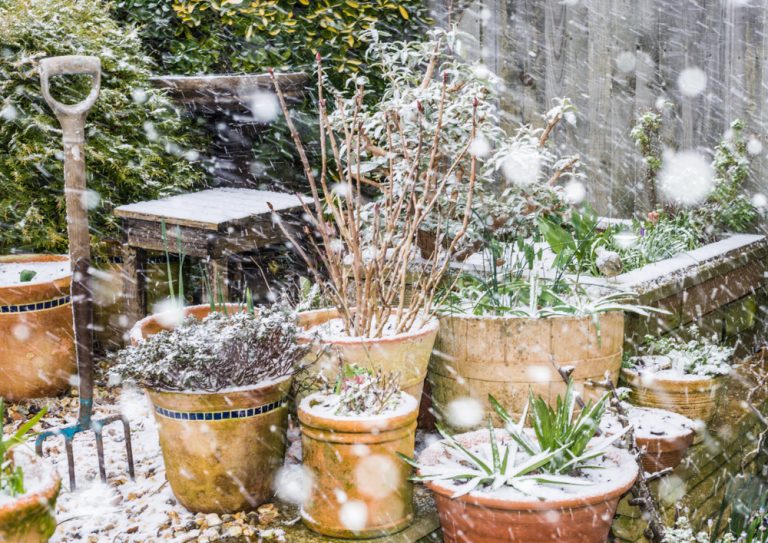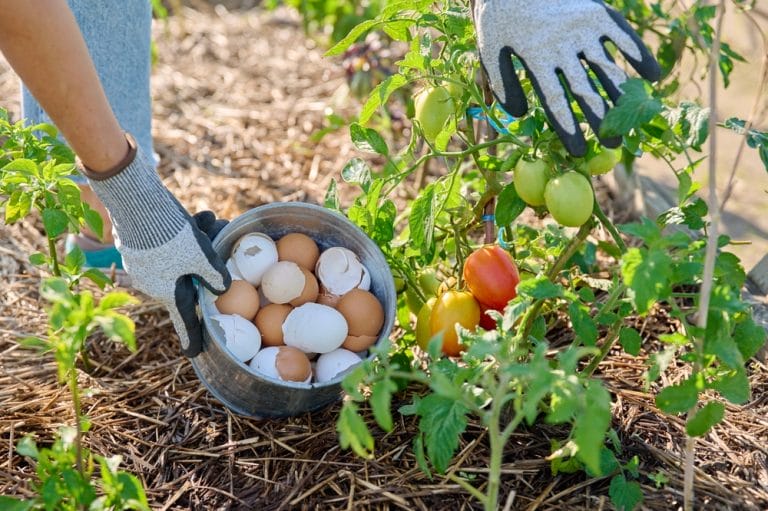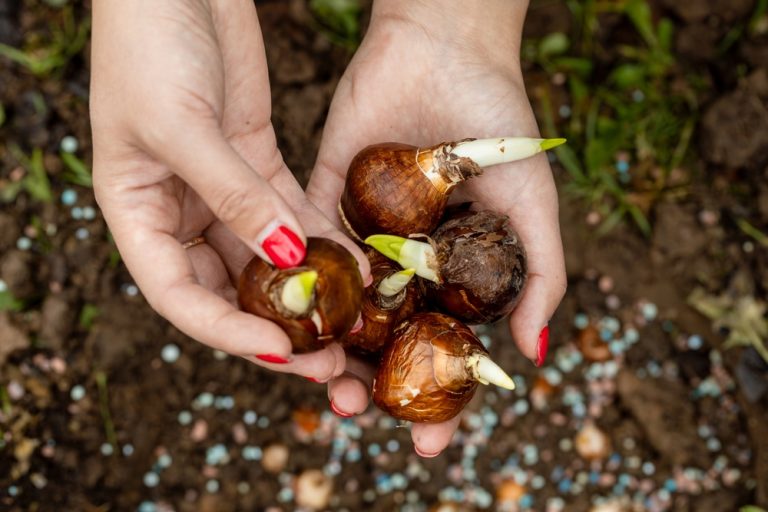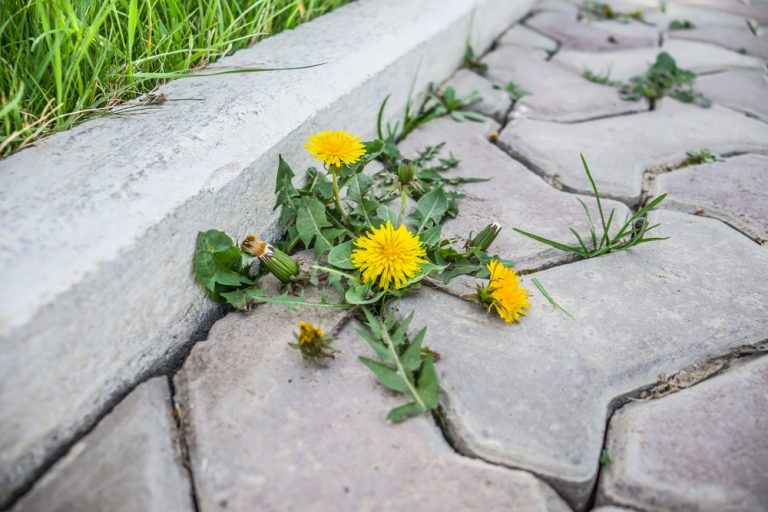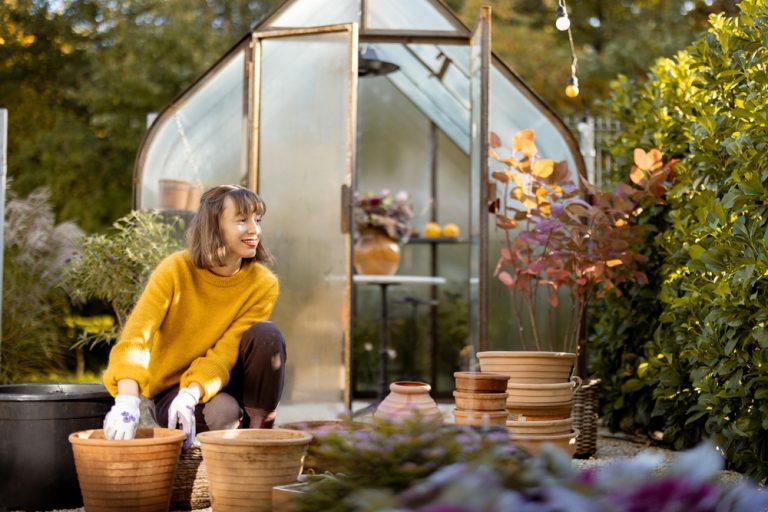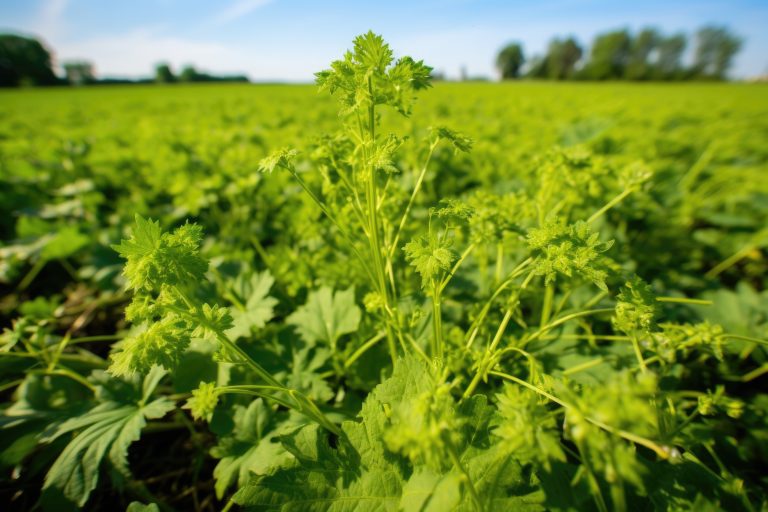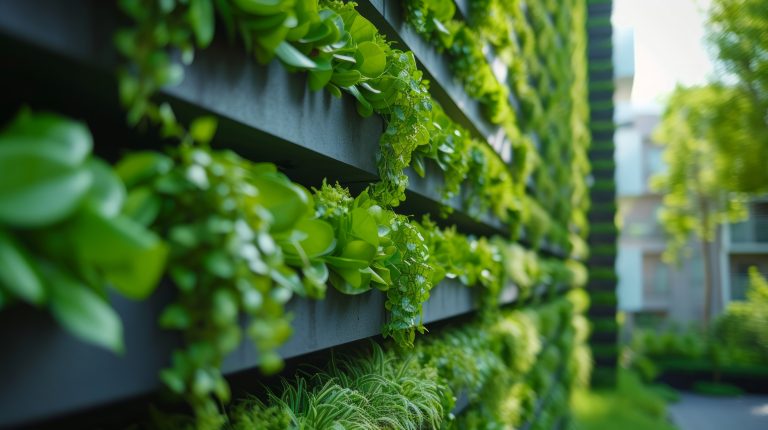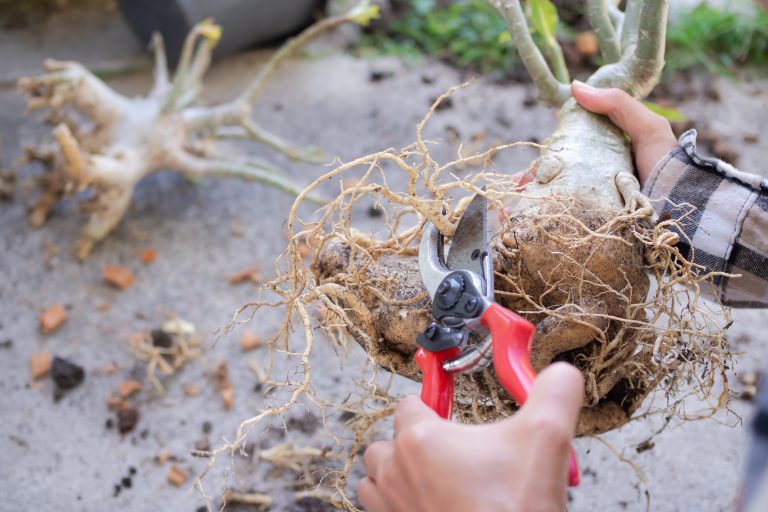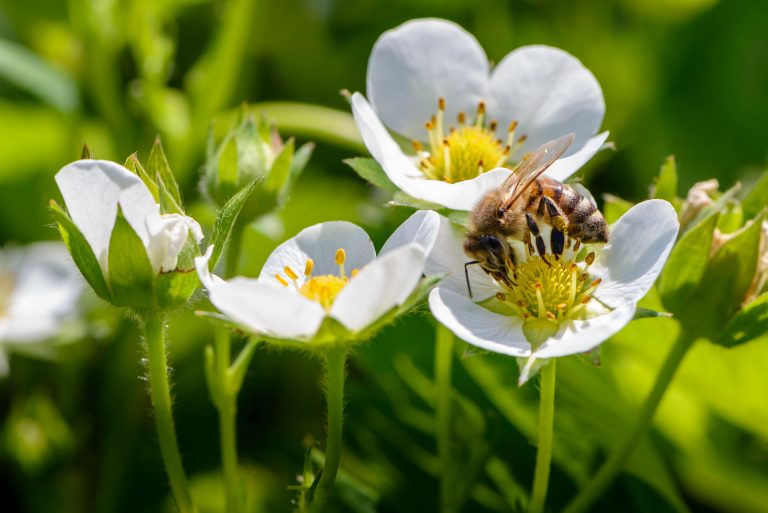Winter is coming, and your garden containers are standing right in the line of fire! Those beautiful pots that held your summer blooms might look innocent now, but one cold snap could turn them into shattered pieces of ceramic chaos. The idea of walking outside to find a pile of broken pottery where your flowers…
gardening methods
The Smart Gardener’s Guide: 4 Low-Cost Organic Fertilizers
Regardless of what you’re growing, your plants need nutrients. Without fertilizer, your plants will fail to thrive and grow big and strong. In the case of edibles, a lack of nutrients can limit your crop and lead to poor production. Unfortunately, many fertilizers on the market are expensive. Thankfully, there are cheap organic fertilizers you…
From Trash to Treasure: Transform Shredded Paper Into Garden Gold
Should you use shredded paper as garden mulch? It might sound like a quirky, even questionable idea at first—but don’t toss it out just yet. In a world where so much gardening advice is either outdated or downright misleading, I’m usually the first to call out myths and misguided tips. But this time, I’m here…
How to Redesign Your Bulb Garden After This Year’s Mistakes
So, this year’s bulb garden didn’t exactly turn out like the Pinterest board, did it? Maybe the tulips bloomed two weeks too early, the daffodils looked like they’d seen better days, or your crocuses came up in weird, random patches that made the yard look like a botanical accident. You probably had high hopes in…
Killing Weeds with Diesel? Here’s What You Need to Know First
Should you use diesel to kill weeds? Short answer: Nope. Weeds can be annoying. They compete with other plants for nutrients and can turn a pretty, organized garden into a patchy mess. Still, I’ll continue to stand up for weeds. Some of the plants we consider weeds are actually beneficial. They offer up food to hungry…
6 Gardening Shortcuts That Only Work in Autumn
There’s something magical about autumn—the crisp air, the fiery leaves, the cozy sweaters—and if you’re a gardener, it’s your secret season of opportunity. While everyone else is packing up their tools and calling it quits, you can actually get ahead with a few clever shortcuts that only work during these cooler months. Autumn isn’t just…
7 Cover Crops Every Garden Needs This Season
Have you heard of cover crops? While farmers usually use these during the off-season to protect soil, gardeners usually overlook this tool. Healthy soil is the backbone of every thriving garden and cover crops are the secret weapon too many gardeners ignore. These hardworking plants protect against erosion, feed the soil, suppress weeds, and boost…
The Container Gardening Trick That Saves Space and Boosts Yield
Imagine walking onto your balcony, patio, or tiny backyard and being greeted by a jungle of thriving tomatoes, peppers, strawberries, and herbs—all growing in neat little towers that look like something out of a futuristic farm. No sprawling garden beds, no weeding on your knees, no wasted space. Just lush plants stacked vertically, producing more…
The Root Pruning Hack That Supercharges Growth
You’ve watered, fertilized, and given your plants plenty of sunshine—yet something still feels off. Growth is slow, roots seem cramped, and your once-thriving greenery looks like it’s hit a wall. The secret, believe it or not, isn’t in the leaves or the soil mix—it’s hiding underground in the roots. Enter root pruning, the little-known hack…
8 Lawn Treatments That May Be Killing the Pollinators You Need
Did you know that how you treat your lawn can affect your garden? The chemicals used to achieve a healthy lawn often come with hidden costs. You may be chasing away critical pollinators without realizing it. Bees, butterflies, and other pollinators play a critical role in ecosystems, gardens, and food supplies. This simple mistake could…
